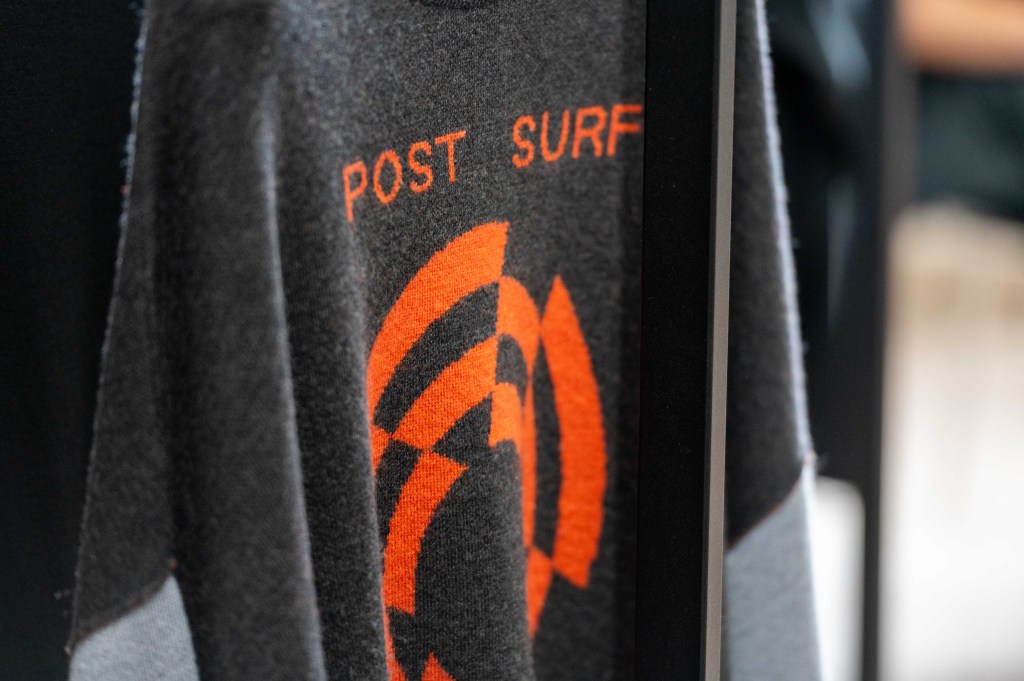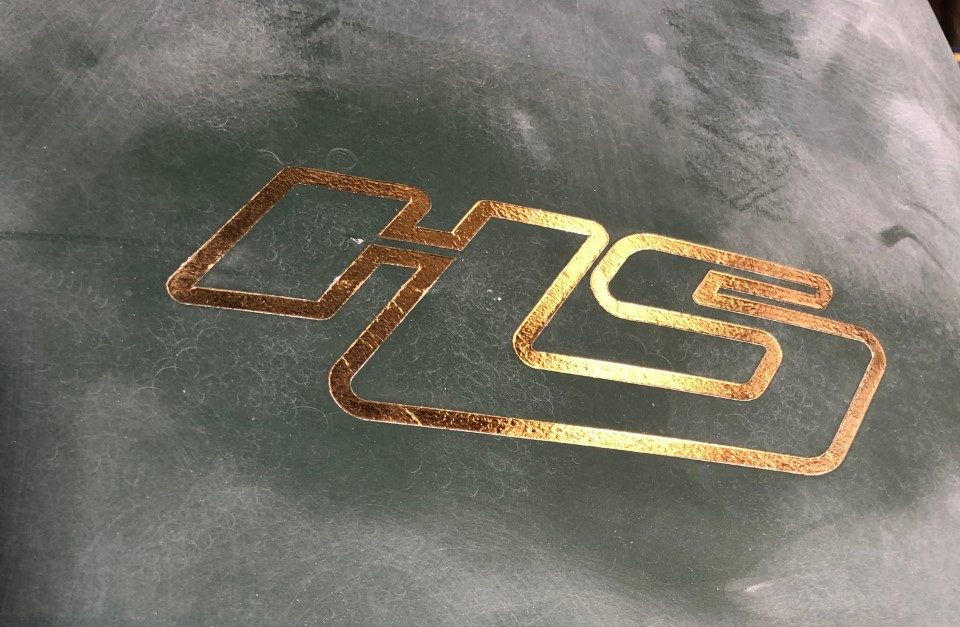Collaborations bring enormous diversity to what’s on offer from Haydenshapes, with innovation key to every project.
At 15, Hayden Cox started shaping surfboards, and at one point, he noticed another local artist in Sydney’s Mona Vale who was producing some “pretty incredible street art”. “I asked him to come and paint surfboards,” Cox says. He grew up surfing the local waves and has stayed close to his roots and is always happy and proud to support local talent.
“I think it took me about 10 years to learn the basic craft of shaping a surfboard, and it was at that point where I really understood all the elements and what I was doing in the process and how I could change the feeling of the board through all those different bits and pieces that you put together,” Cox says in an interview with Forbes Australia.
Haydenshapes has been operating for 25 years, founded in 1997, privately owned by Hayden and Danielle Cox, and self-funded by the growth it has seen year-to-year. He says his original plan wasn’t to build a global brand that would change the shape of an entire industry.

“I guess that’s a by-product of just being passionate and really diving into the details about what I truly love and what I like to do,” he says at a press day to launch his Season Two Ready-to-Wear clothing, a day that has included a surfing lesson at Sydney’s Palm Beach, with the use of Haydenshapes boards and a Dion Lee-Haydenshapes branded wetsuit, created in collaboration with the legendary Australian fashion designer. The suits are slated for release in 2023.
His patented parabolic carbon fibre frame technology, FutureFlex, paved the way for modern surfboard innovation industry wide from the 2010s. Prior to the success of this technology, surfboard construction had remained relatively unchanged since the 1970s.
When Haydenshapes launched internationally in 2011, the company experienced growth of over 1000%. At the time, Haydenshapes boards were among the most premium priced in the market due to the FutureFlex material and technology, and there was no proven demand or track sales record for technology in surfboards. FutureFlex broke this barrier.
He explains that designing FutureFlex came at a “super innovative time of my life”, but it came with commercial challenges and the concept “pretty much failed before it was successful”.
“But you have to keep trying and figure it out. If it doesn’t work one time, take it slowly and fix the problems along the way,” Cox says of his experience.
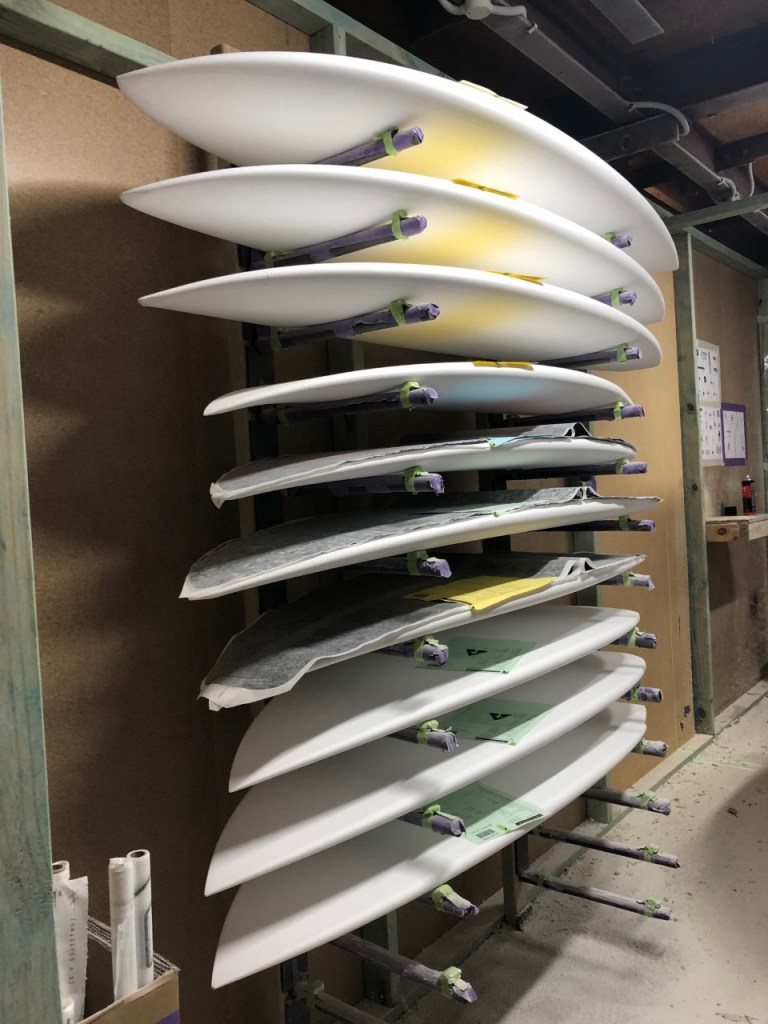
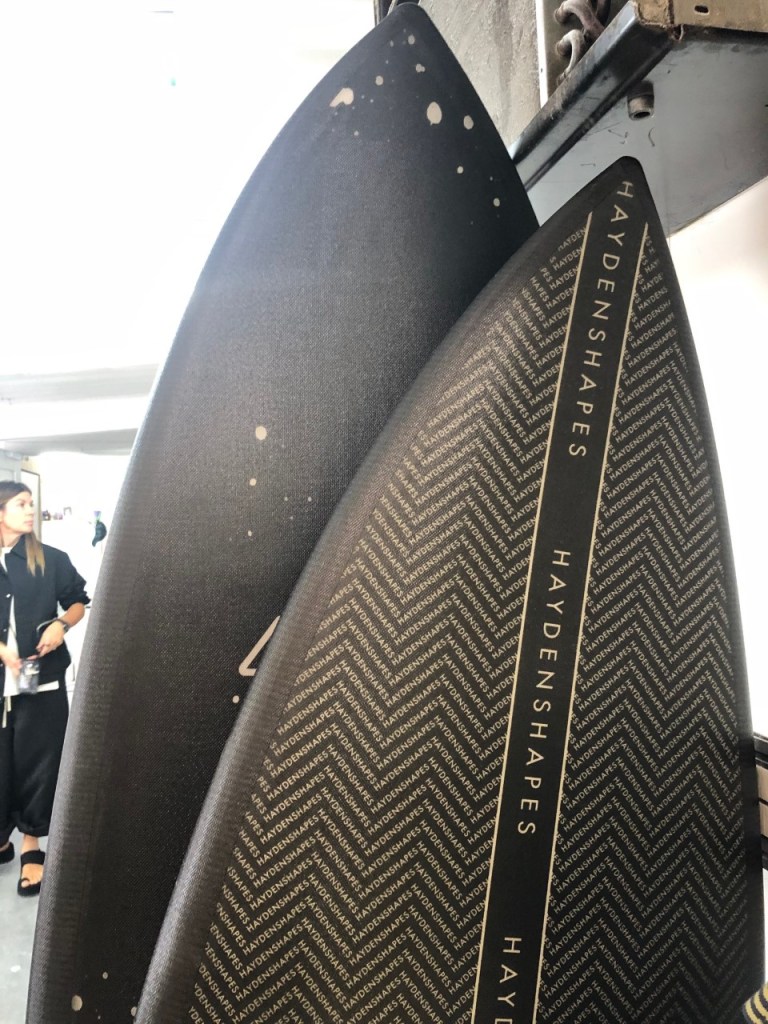
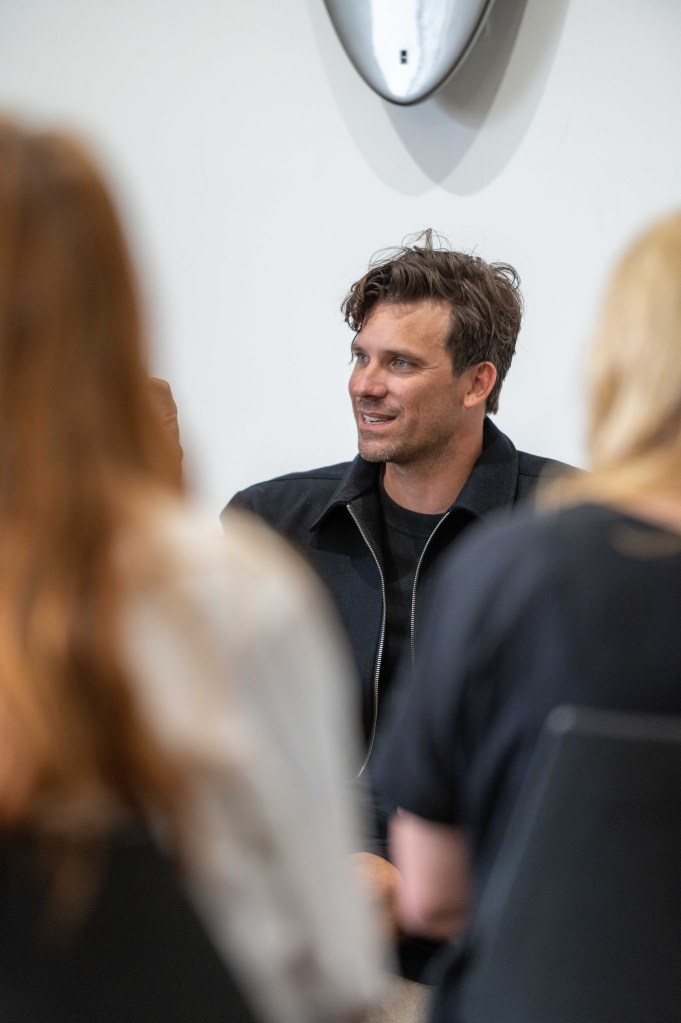
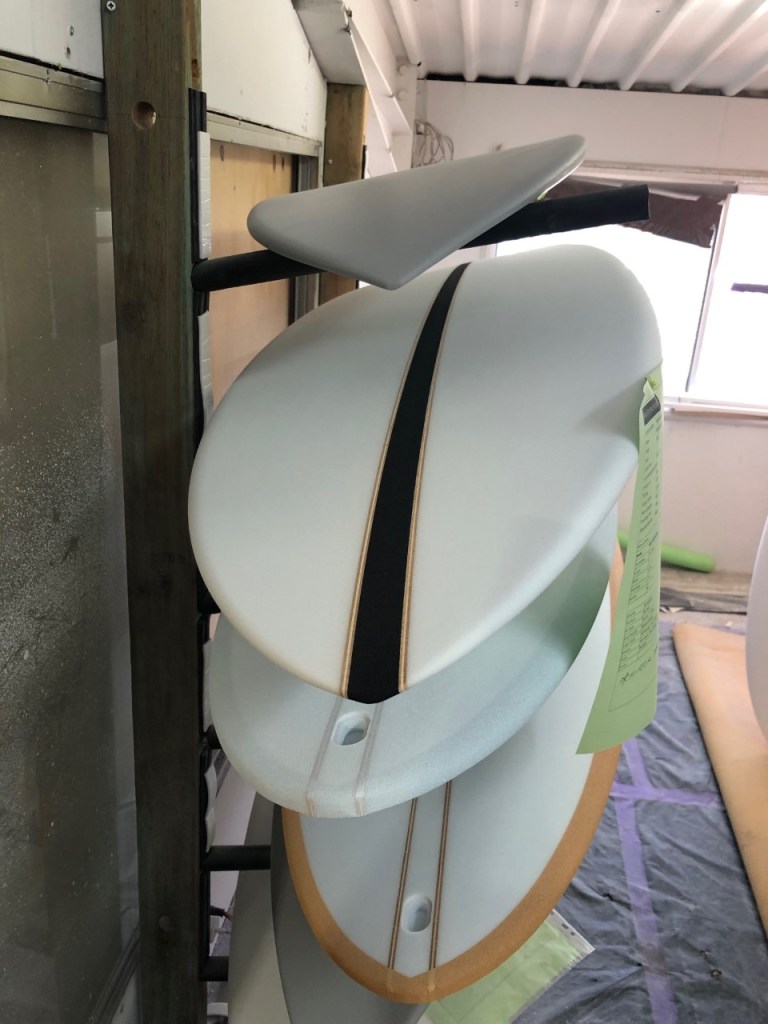
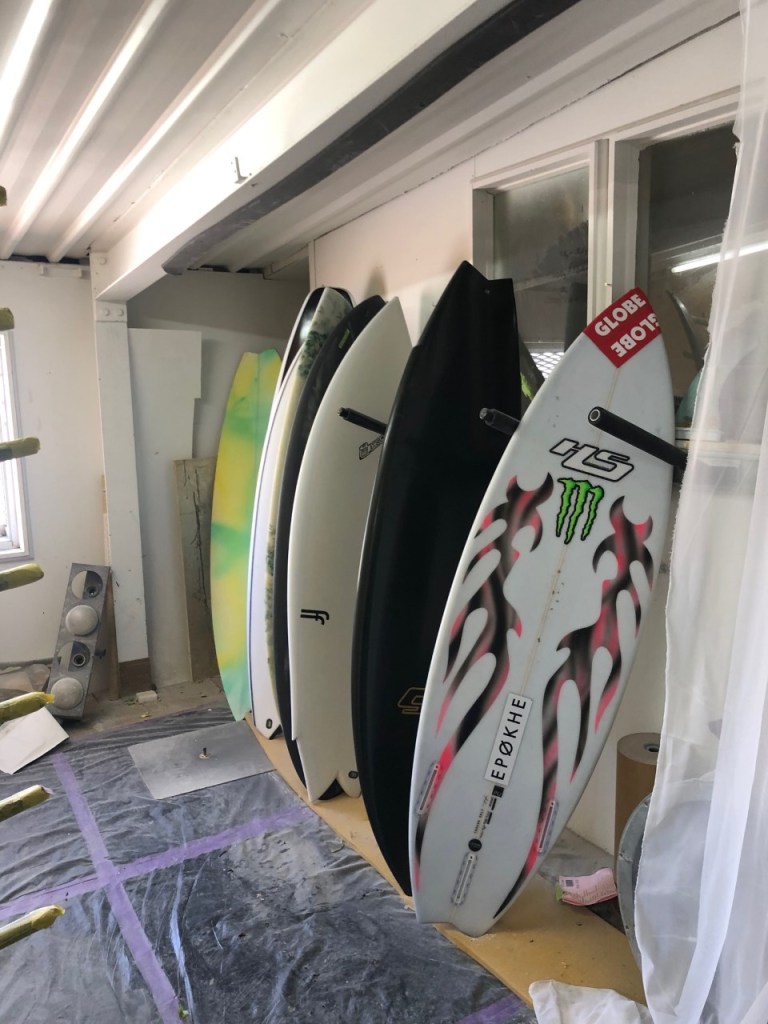
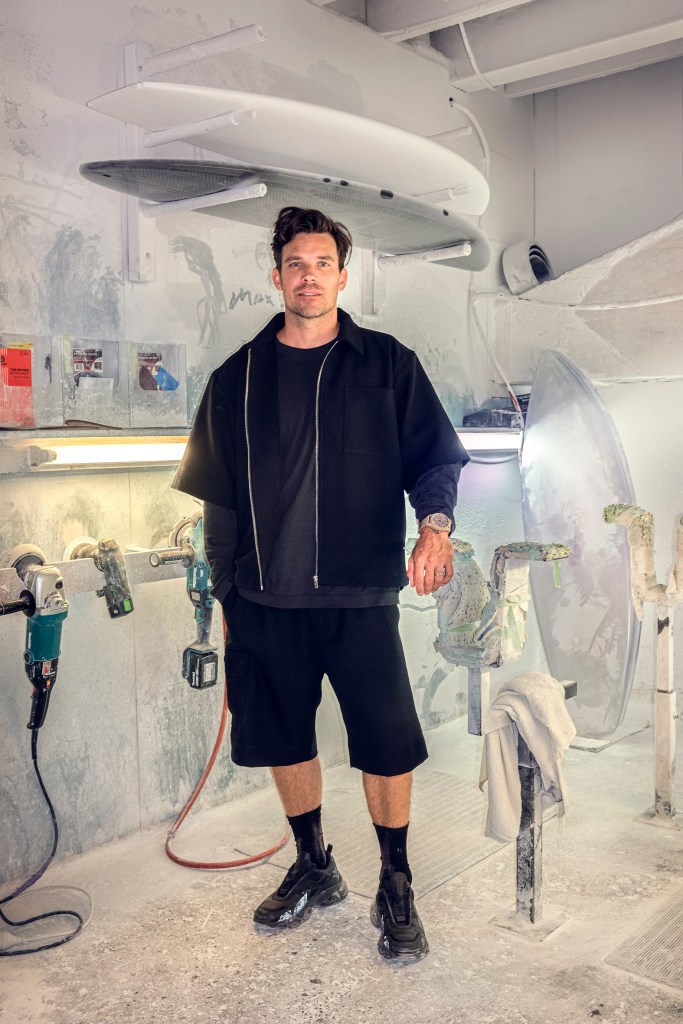
Images: Elise Shaw, Mick Bruzzese, Supplied
The Hypto Krypto surfboard model by Haydenshapes is said to be the highest selling performance surfboard in history and continues to be Haydenshapes No. 1 seller.
Being in business is never easy, says Cox. “Today is not easier. Today, it’s actually a lot more challenging to be in business compared with when I was a young kid. There was a more simple way.
“When you scale it up, it gets a lot more complex, a lot more challenging. You have to kind of have enough fear but then you have to be fearless in the sense of like, well, I’m going to tackle this idea and we’ll figure it out somehow.”
He loves being in collaboration with others, be they designers, surfers, artists or other companies.
The functional eroded surfboard in collaboration with Daniel Arsham priced at $3,500 (an edition of 500 pieces only) sold out in within 7 minutes of launch. The Haydenshapes curated collection, mostly sold offline, ranges between $2000 – $14,000.
“When you make surfboards for people, they’re quite personalised, especially when you get to the more advanced level. The tiniest details will make a big difference. Sometimes, though it’s just the colour of the board.”
Pro surfer Craig Anderson has been riding for the brand since he was 15 years old. Cox notes the importance of recognising someone’s personality when working with them, be they a surfer, fashion designer or company executive.
“They all communicate in different ways. I think that’s set up a really good foundation of how to work in collaboration and how to bring parties that are quite uniquely different together and achieve, I guess, maybe what one person has in their mind with what you had in mind.
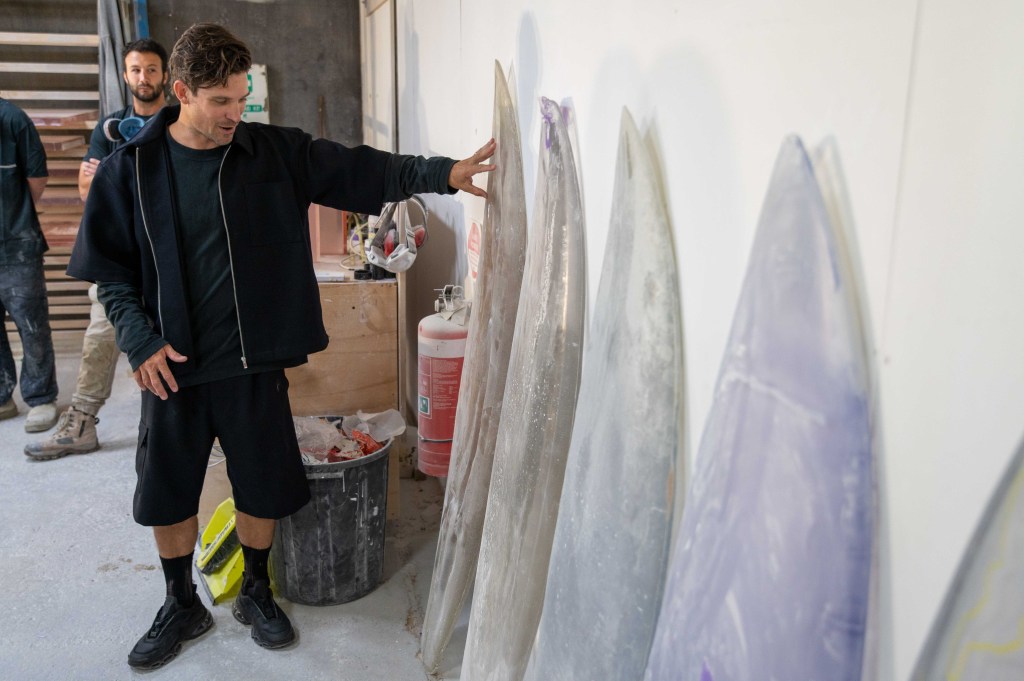
“With Daniel Arsham, I knew in that first chat, he had the same vision as I had in my head of his surfboard moving and the light coming through it and so I was like, ‘Okay, I’m gonna go create it’.”
The board was an iconic piece of art that is also completely functional.
“I don’t learn unless I’m challenged. As you get more refined in your skill set, you explore new ways. Engineering is definitely a big part of any product that we do.
“If you’re going to innovate in that space, you need to understand how to push every part of that process. That’s how I’ve always made surfboards. At first, it might look terrible. Then the second attempt is better … third, fourth, sometimes it takes 100 boards to get to where it’s actually ready to go. I enjoy designing through the process and understanding how to work with the materials and then how to kind of push the materials in different ways.”
His move into apparel was a reaction to his constant use of fibreglass and resin. “They’re not natural fibres so this was a way for me to open my mind to more natural fibres,” Cox explains.
The Season Two collaboration with The Woolmark Company was a result of his team’s research leading to Merino wool being the standout fibre to use, while not being the first thing people would associate with surf wear.
